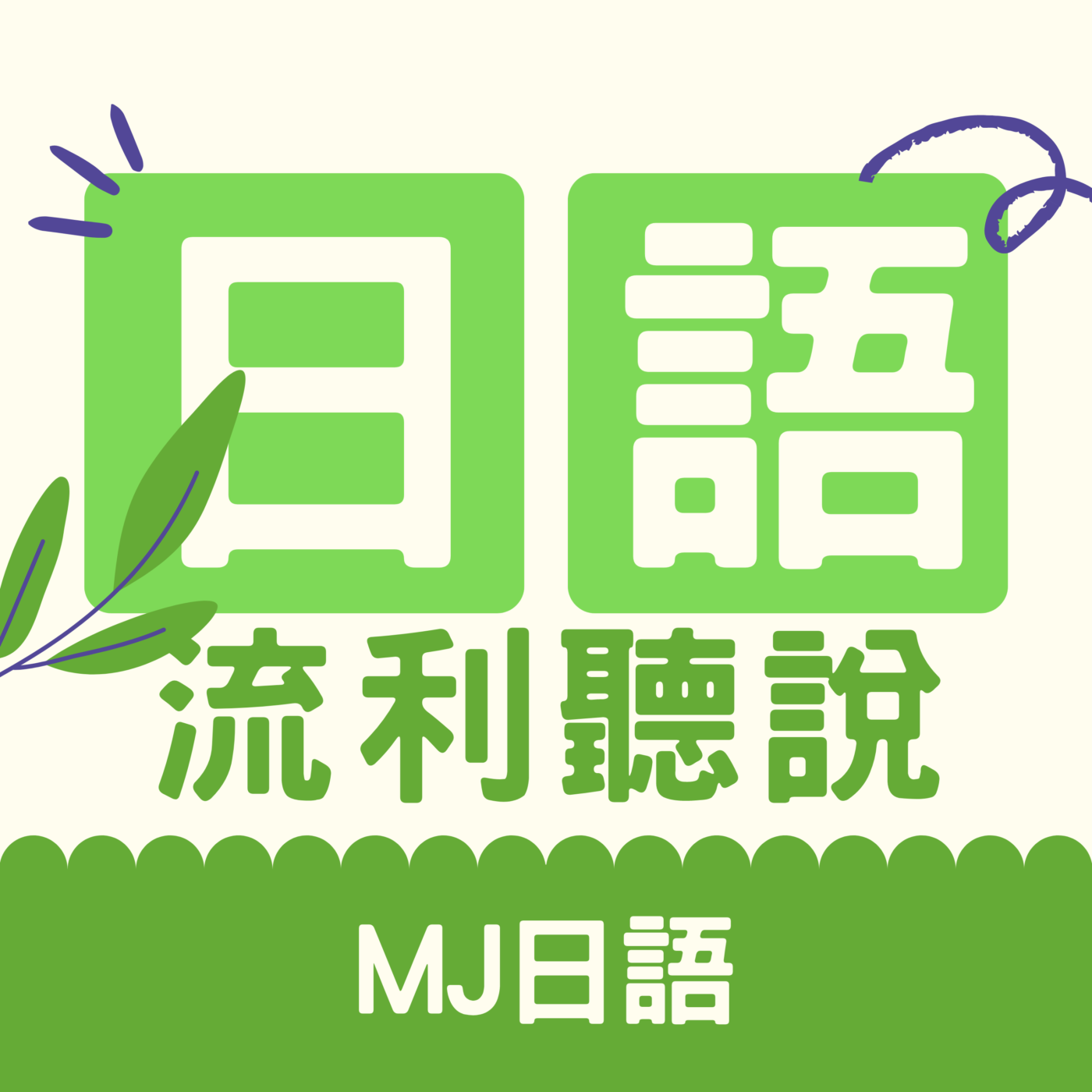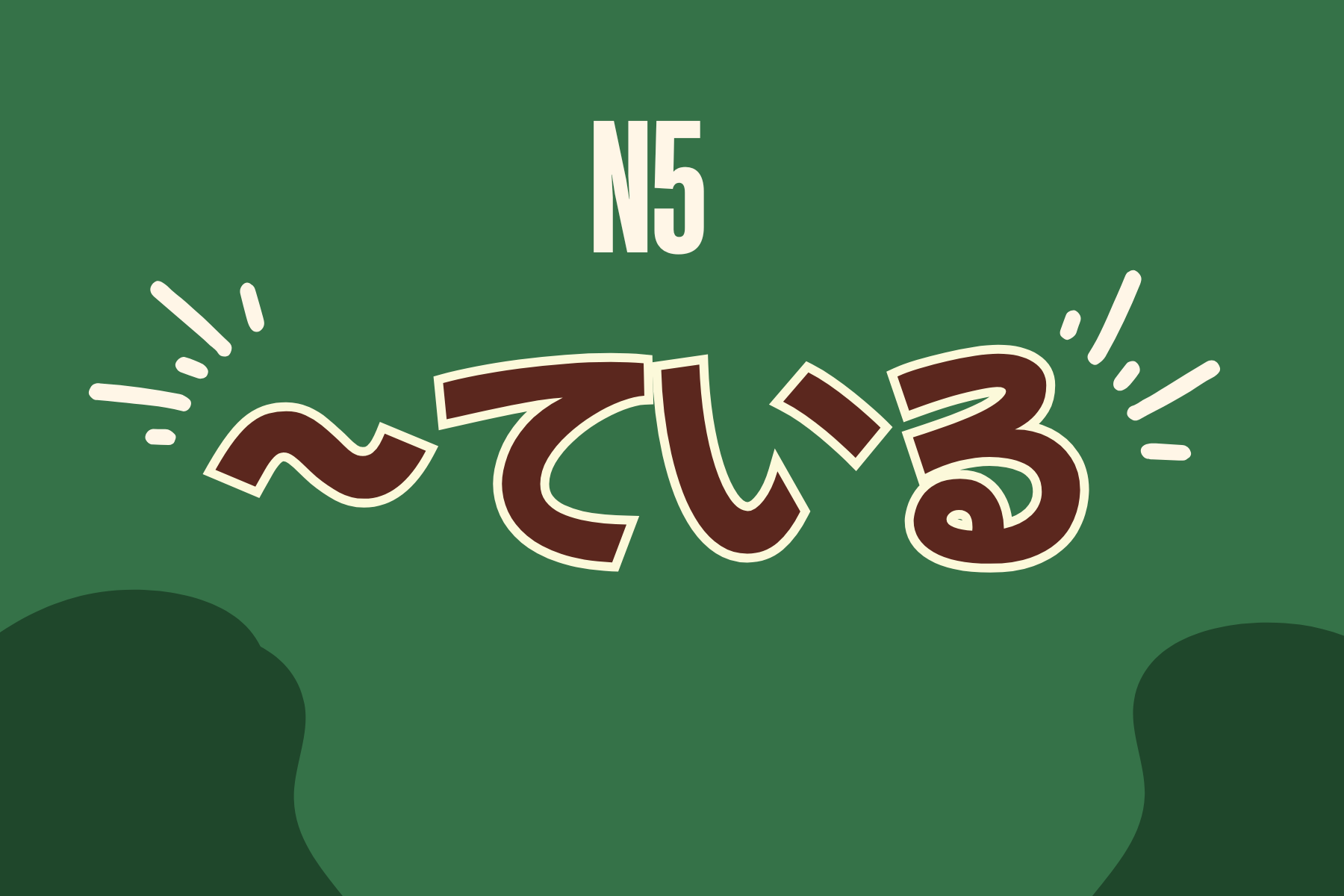你常常看到日文句子裡有「~ている」這個文型嗎?像是「食べている」「住んでいる」「働いている」這些都是生活中超常出現的句型。
「~ている」的文法很關鍵,它可以表示「現在正在發生的事」,也可以描述「某個狀態正在持續」。只要學會這個用法,你就可以用日文表達更多日常情境!
What You’ll Learn Today:
Have you seen phrases like tabeteiru or sundeiru in Japanese?
The “~ている” form is one of the most useful patterns you need to express ongoing actions or states. In this article, you’ll learn what it means, how to use it, and practice with real-life examples!
🧩 文型解說|Understanding「~ている」Grammar
| 項目 | 說明(日中英) |
|---|---|
| 文法格式 | 動詞的て形 + いる Verb in て-form + いる |
| 意思 | 表示某個動作「正在進行中」,或是某個結果的「狀態持續中」 Used to express an ongoing action or continuing state |
| 接續方式 | 所有動詞的て形都可以接「いる」,需要根據動詞種類變化 Use て-form of any verb before attaching いる |
| 常見搭配動詞 | 食べている(正在吃) 住んでいる(住著) 働いている(正在工作) 開いている(開著) |
| JLPT級別 | N5~N4,基礎會話必學文法 |
補充說明 Tip:
不是所有的「~ている」都代表「正在做某件事」,像是「ドアが開いている」其實是「門是開著的」這種狀態描述喔!
Not all “~ている” means someone is doing something—it can also describe a current state, like “The door is open.”
📝 例句練習|Practice Examples with「~ている」
| 日文 | 中文翻譯 | English Translation |
|---|---|---|
| 今、音楽を聴いている。 | 我正在聽音樂。 | I’m listening to music. |
| 彼は日本に住んでいる。 | 他住在日本。 | He lives in Japan. |
| ドアが開いているよ。 | 門是開著的喔。 | The door is open. |
| 田中さんは働いています。 | 田中先生正在工作。 | Mr. Tanaka is working. |
| 雨が降っている。 | 正在下雨。 | It’s raining. |
✅ 文法重點小結|Quick Recap
「~ている」這個文法可以用來描述兩種情況:
1️⃣ 動作正在進行(e.g. 看書中)
2️⃣ 結果的狀態持續(e.g. 門是開著的)
簡單來說,如果你想說「正在幹嘛」或「狀態是怎樣」,就可以用「~ている」!
Quick Summary:
Use “~ている” to talk about:
1️⃣ Ongoing actions (I’m eating)
2️⃣ Continuing states (The door is open)
Mastering this helps you sound more natural in daily Japanese!


